Supporting Conservation and Livelihoods in Morocco
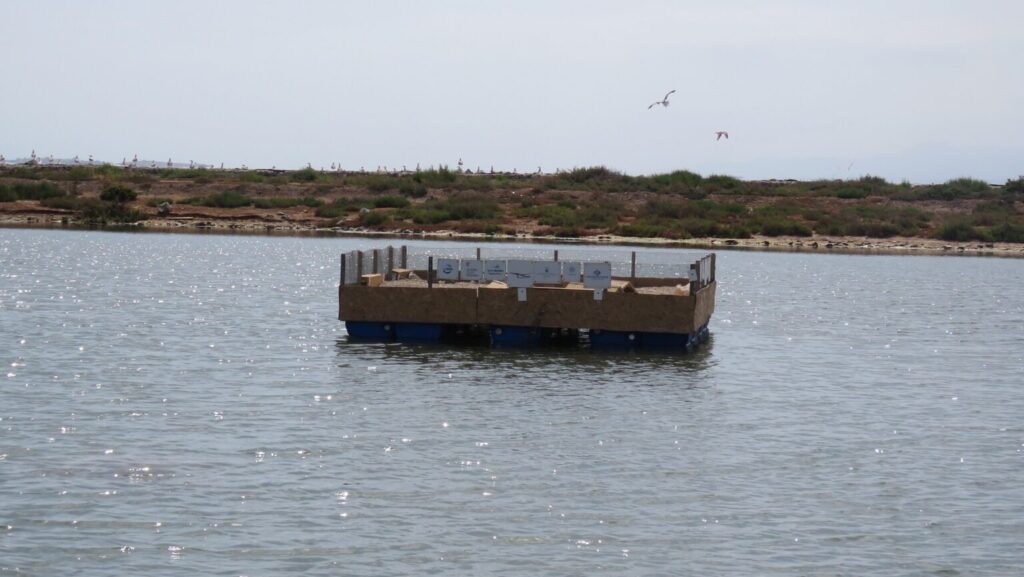
GREPOM (BirdLife Partner in Morocco) has been carrying out conservation activities in this site through regular monitoring and awareness-raising activities for students, schoolchildren, and the local population.
By Khadija Bourass
Located in northeast Morocco, the Sebkha Bou Areg commonly called Marchica is the second largest lagoon on the southern shore of the Mediterranean. The 14000 hectare lagoon has a great avifaunal diversity and is a regular wintering site for several species of birds of international importance including the Common Shelduck (Tadorna Tadorna), European Wigeon (Mareca Penelope), Common Pochard (Aythya farina), the Whistling Duck (Dendrocygna viduata) and the Greater Flamingo (Phoenicopterus roseus) among others.
The lagoon is also a regular wintering ground for some rare species in the country including the Red-breasted Merganser (Mergus serrator) the Black-necked Grebe (Prodiceps nigricollis) and a nesting area for waterbird species such as the Little Tern (Sternula albifrons), Black-winged stilt (Himantopus himatopus) and the Pied avocet (Recurvirostra avosetta). Consequently the lagoon was classified as an Important Bird Area (IBA) in 2001, a Ramsar site in 2003, in addition to being listed as a Key Biodiversity Area (KBA).
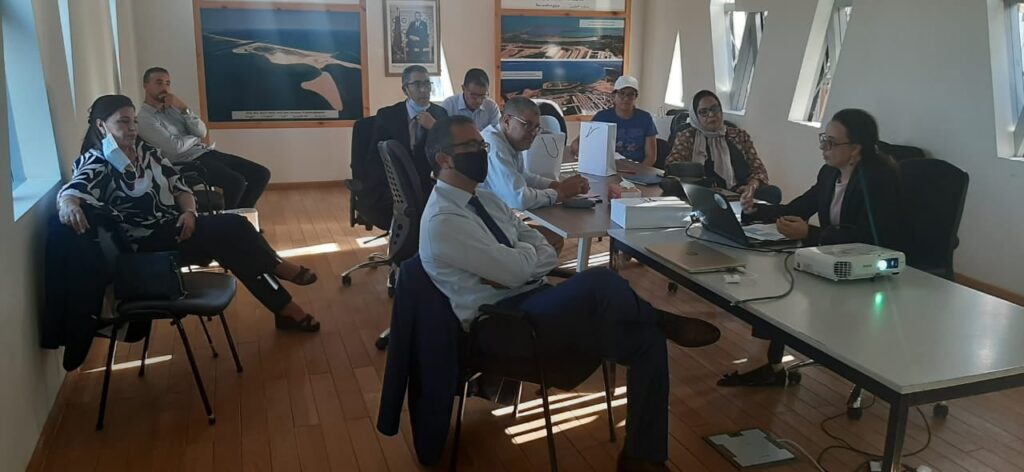
Despite its importance the lagoon has been faced by various threats over the years including pollution and unsuitable management, including the pressure of artisanal fishing which leads to a worrying decrease of the fish stock in the lagoon, putting many species at risk, including some birds feeding on these species Since 2012, GREPOM (BirdLife Partner in Morocco) has been carrying out conservation activities in this site through regular monitoring and awareness-raising activities for students, schoolchildren, and the local population.
In 2021, GREPOM partnering with local partners including the National Agency of Water and Forests, local authorities, and the Marchica Fishermen Co-operative, launched a project to conserve the lagoon. Funded by TransCap (A programme financed by the General Directorate for Cooperation of the Balearic Islands and coordinated by the IUCN Center for Mediterranean Cooperation), the Global Environment Facility (GEF) and BirdLife Netherlands (VBN). The program aims at restoring this island through creation of artificial habitats for resident and migratory bird species in addition to improving livelihoods of the local population through development of ecotourism activities.
“Through this project, we have begun to focus on certain bird species, but our objective is to develop an integrated and inclusive program that takes into consideration all the natural components and all the stakeholders involved for a better conservation of the site”, notes Azaouagh Said, GREPOM Eastern Regional Unit Coordinator.
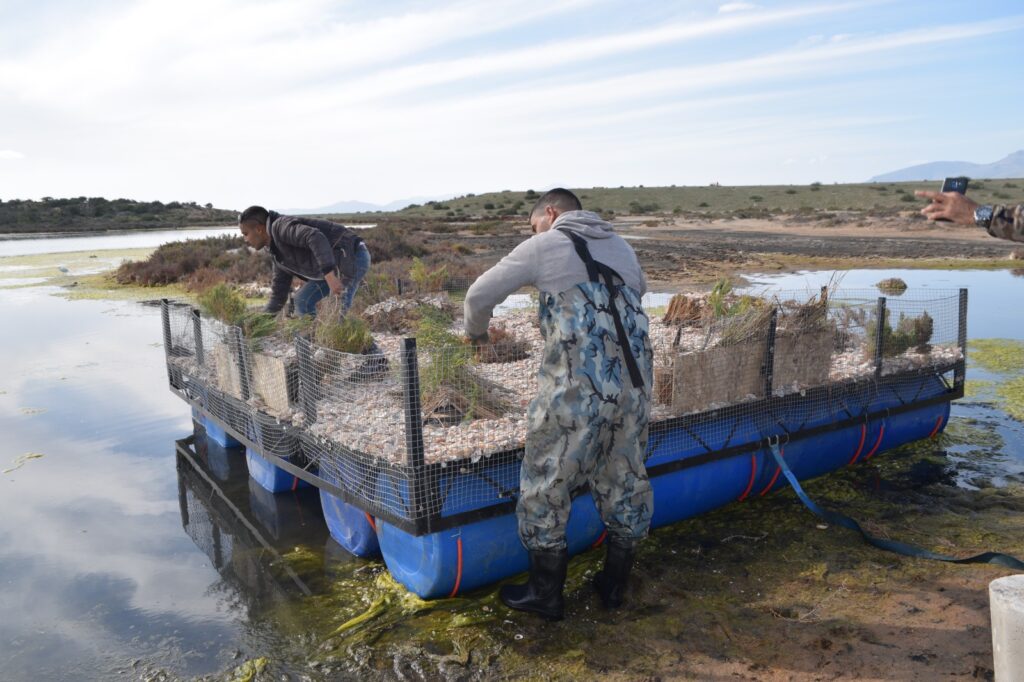
The Greater Flamingo, a flagship species of Mediterranean wetlands that disappeared in Morocco as a breeder in the early 1970s, frequents the site almost all year round, but has never nested there. However, reproduction of the species is limited by the unavailability of suitable nesting habitats as well as disturbances by predators and human activities. Consequently, GREPOM is creating favourable nesting habitats for these species to “encourage” them to nest regularly on the site. At least 25 artificial nets have been at the edge of the lagoon to encourage nesting of this species at the site.
Further, two floating rafts with a surface area of 16m metres square were built respectively in two locations in Marchica including in the Ornithological Park of Marchica, and the City of Two Seas Lake. The platform is a first of its kind in the country, and targets various birds species including terns, providing additional nesting surfaces and shelter for the birds away from disturbance by predators and human activities.
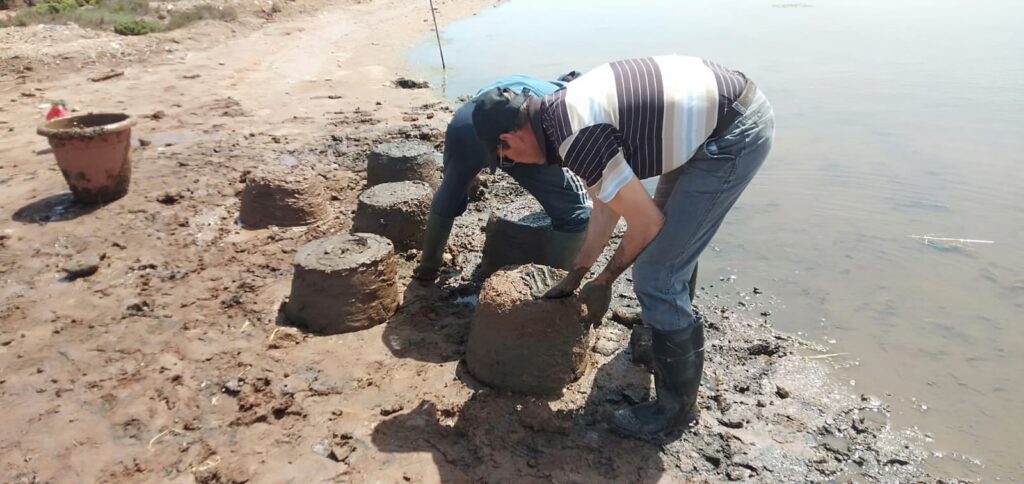
Artisanal fishing in Marchica is a traditional and highly developed activity, which exerts pressure on the biodiversity in general. To alleviate this pressure, GREPOM working with the local fishermen cooperative society is assisting local fishermen communities develop ecotourism activities based on birdwatching. In addition, GREPOM has conducted ecotourism trainings for the local fishermen cooperative, in addition to donating equipment for the activities.
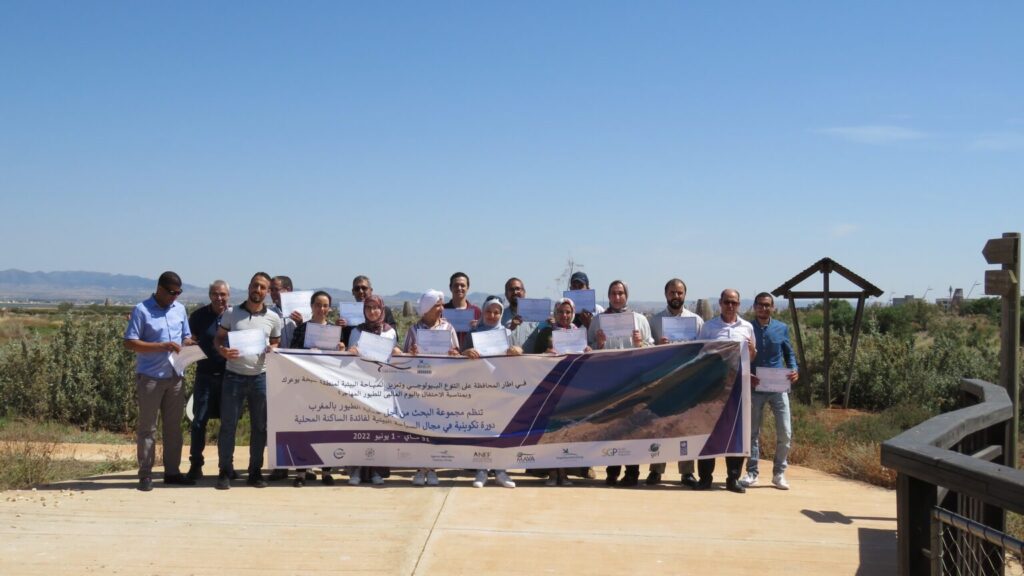
“This project will be instrumental to the conservation of avian biodiversity and their habitats in the Sebkhat Bou Areg Ramsar site in a framework of sustainable local development, for the benefit of nature and people”, concludes Said.
Header Image: A raft constructed at the Ornithological Park © GREPOM
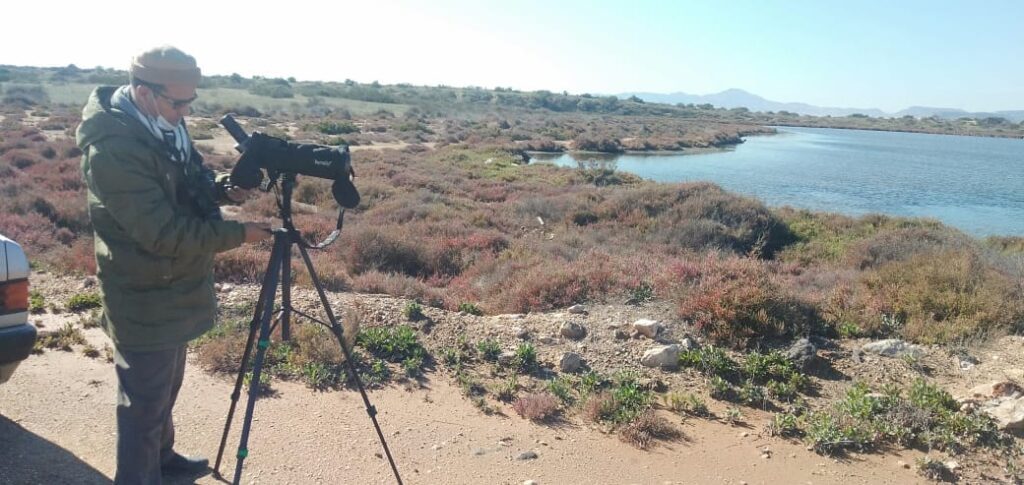
“We have an integrated and inclusive approach that takes into consideration all the natural components and all the stakeholders involved for better conservation of the site“
Azaouagh Said, GREPOM Eastern Regional Unit Coordinator